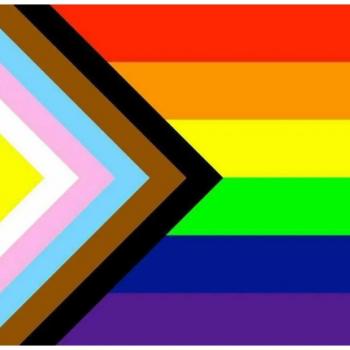 In his first chapter of nothingness and emptiness: a buddhist engagement with the ontology of jean-paul sartre, Steven Laycock describes the enigmas of the lotus and kelp, both of whom live in dual worlds of muck and pure beauty (for the lotus) and rooted darkness and straining toward light (for kelp). He uses these as metaphors for life, for reality, and for spirituality. He states:
In his first chapter of nothingness and emptiness: a buddhist engagement with the ontology of jean-paul sartre, Steven Laycock describes the enigmas of the lotus and kelp, both of whom live in dual worlds of muck and pure beauty (for the lotus) and rooted darkness and straining toward light (for kelp). He uses these as metaphors for life, for reality, and for spirituality. He states:
The enigmas we have sensed– the interpenetration of temporality and the timeless, transparency and reflection, self and selflessness, presence and absence, light and dark, appearance and reality, the visible and the invisible– are patterns of reciprocity, entwinement. The lotus is the site of manifold crossings and recrossings. Its being, then, is that of the chiasm, the abyssal locus, the “interrogative space,” of the chi, the X, the determinable indeterminate, the enigma. (p.5)
We are faced with the truth of the falsehood of the pure beauty of the lotus. Caught up in its beauty, we are lost in a pleasure which is itself dukha. It is only by realizing the causes and conditions of the beauty, the muck and mud from which it grows, that one ‘sees things as they truly are.’
We are drawn constantly, by ignorance (avidya in Sanskrit, ma rig pa in Tibetan), to ‘pin down’ one side of a given phenomena: its ‘badness’ its ‘goodness’, its ‘beauty’, and so on. This is the function of consciousness (vijñana in Sanskrit, rnam shes in Tibetan), the “mind [which is] like the imprudent moth entranced by the flame, incautious, unmindful of condition or consequence…”(p.9)
I feel like a thousand lessons can come from this simple realization: from the blessing of our enemies to the foolishness of our quests for unending pleasure in material things. It’s nice to find so much in the opening pages of a book these days. But, when thinking about it, I should note that I’ve recently had similar experiences with the Zen teacher Steven Hagen’s book “Buddhism Plain and Simple” and Theravadin exmonk Matthew Flickstein’s “Swallowing The River Ganges: A Practice Guide to the Path of Purification.” Both of those are far more practical than Laycock’s book…. maybe… 🙂 But I’ll be taking a course on Sartre this semester, so I’m stuck with Laycock for now, and happy to be.











